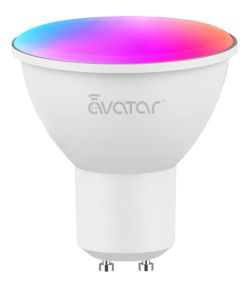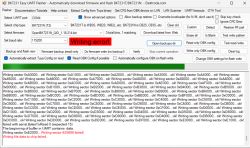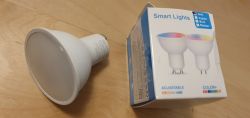You don't need to know too much with Arduino, in the sticky in this section it is described what you need to do to install ESP8266 boards to Arduino. But it's still a lot of work ahead of you, I've been playing with Arduino for over 2 years and I still learn what I didn't know every day. If you have a NODE MCU/ WEMOS, a MICRO USB cable + Arduino is enough for programming. For the ESP-01 you need a 3.3V UART converter and a sequence of shorted pins to program, some 3.3V power supply, a tad harder to start with. In both cases you open a new sketch, paste the ready-made from the link from @khoam, modify the ready-made to send only the buffer to the serial (delete the extra lines) and you're almost done. ESP can be configured for a fixed IP and all network parameters, you need to add reading the response from Serial and writing back with either an incoming UDP or serial message (now the default is acknowledged) . For testing, you can use the TCP/UDP client SocketTeset v3.0.0 or something like that on a PC, there are also some for Android. It is also a question of how much of this data flies and how often. Whether AP or station this is specified when initialising WIFI in the sketch, for everything there are plenty of examples and in the Arduino IDE and on google. With Arduino you are most likely to even find something exactly like you need, there are many other hits for UDP - e.g.
https://github.com/roboremo/ESP8266-WiFi-UART-Bridge/tree/master/v1.1 A week is not enough to review, copy, compile and test everything.







